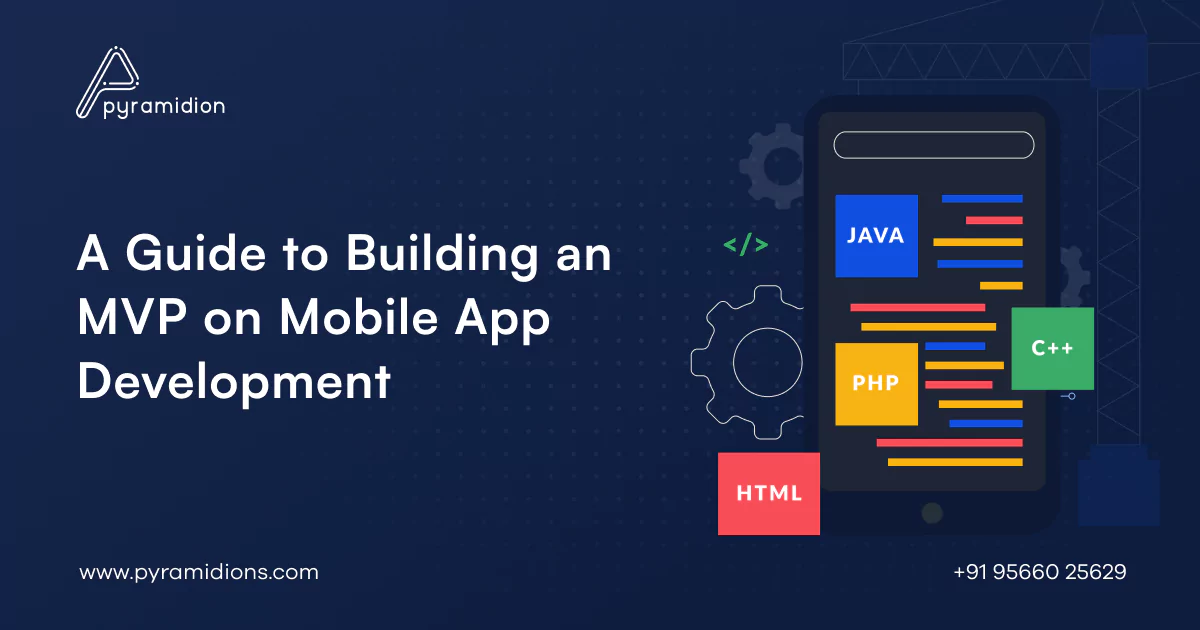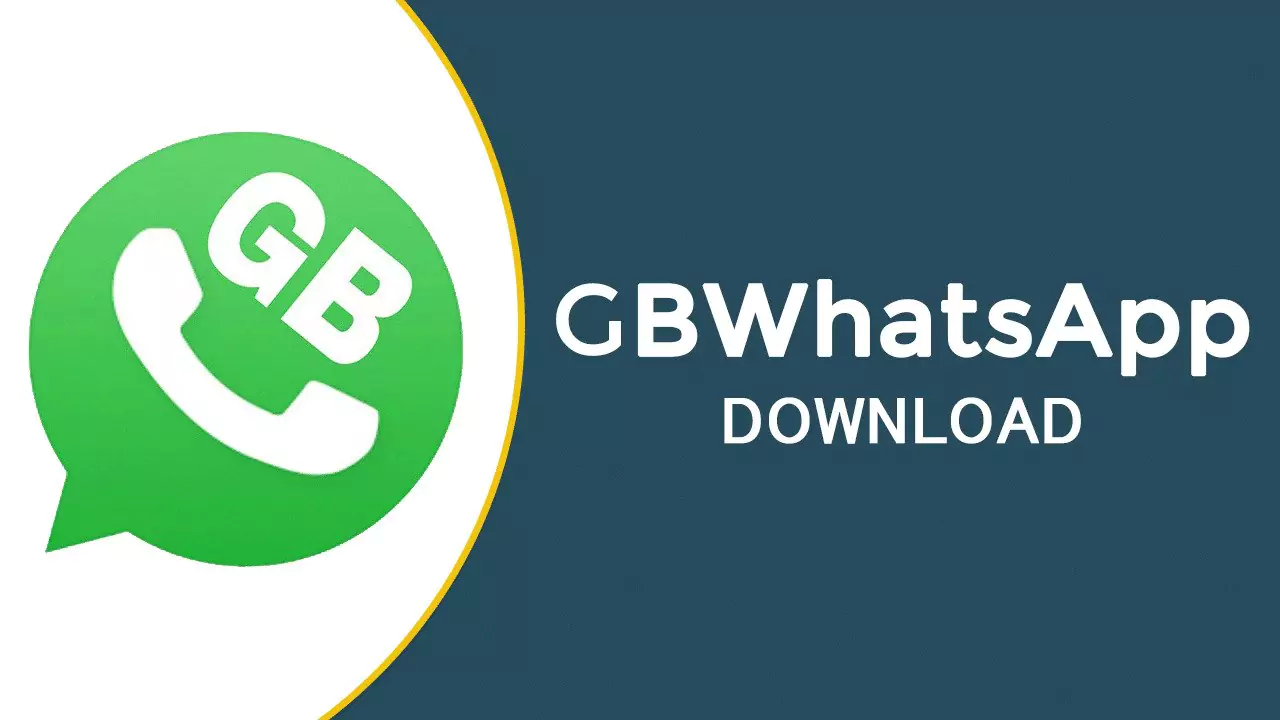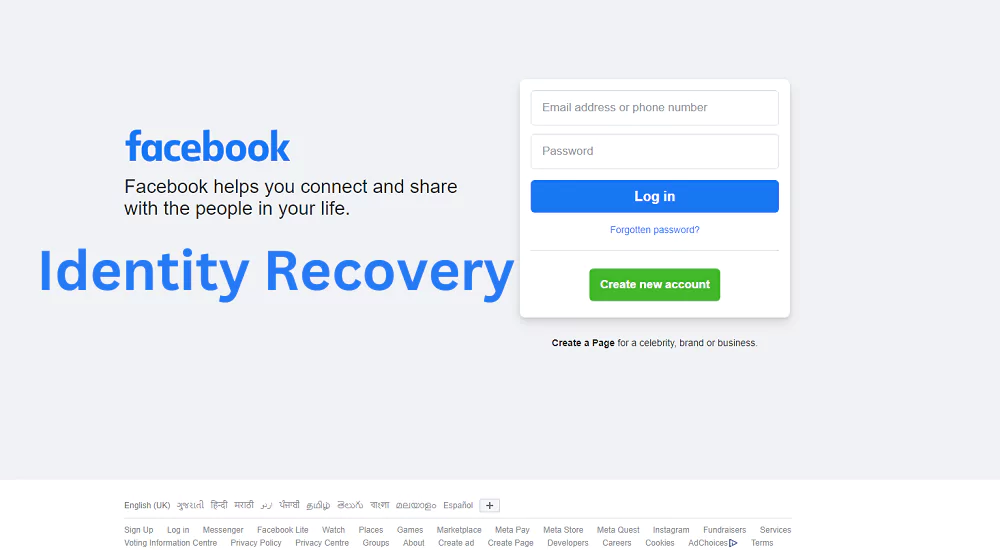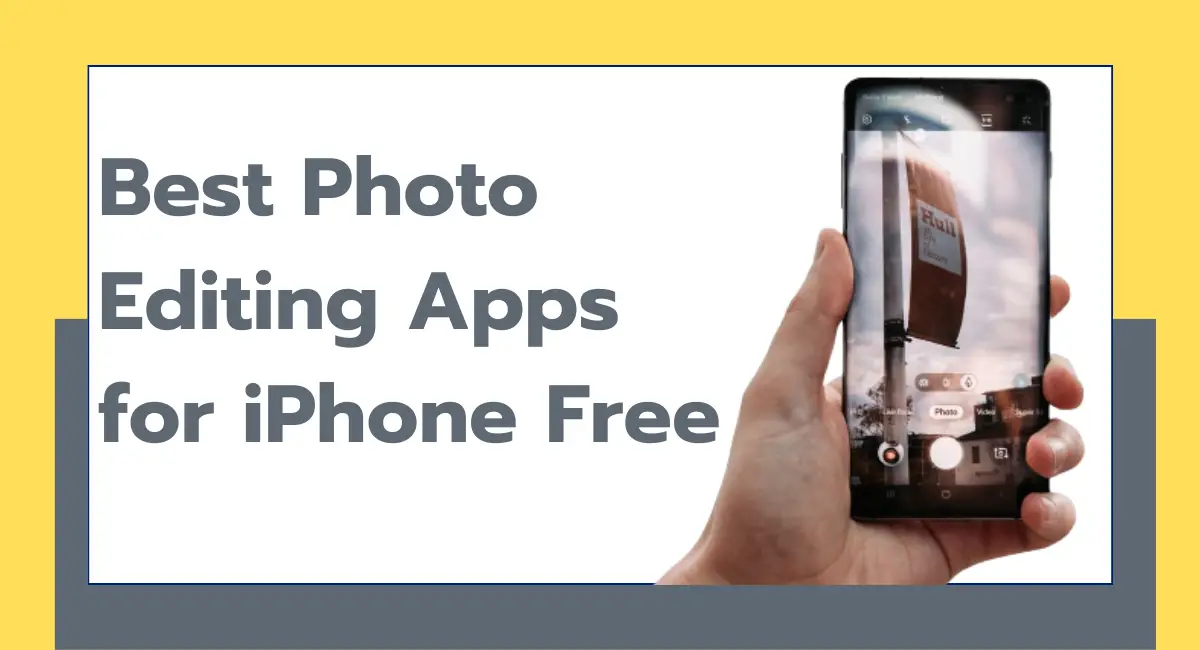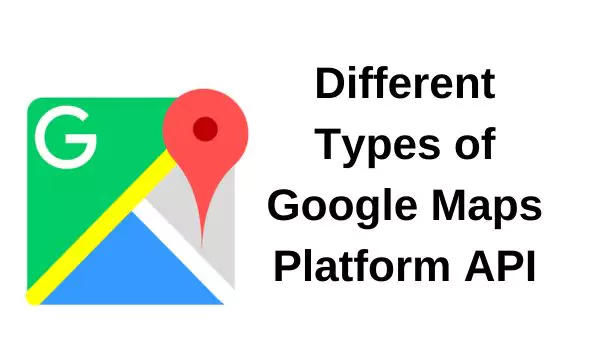Do you intend to create a mobile app? Do you want to ensure its success by creating a minimum viable product?
A Minimum Viable Product (MVP) has enough features to satisfy early users and offer feedback for future development to the mobile app development company in Chennai handling the project.
An MVP is a product created with the bare minimum of features and resources to test the concept in the market. Its goal is to validate assumptions about the features of a product and customer needs. It provides a feedback loop for making future development decisions and refining the product further. An MVP is a cost-effective and time-efficient product development strategy that helps to minimize risk while maximizing impact.
Why Build an MVP?
App developers in Chennai can test the market and validate the product idea by creating an MVP without spending much time or money. It enables gathering early customer feedback and pinpointing their needs, which helps enhance the product. By proving the product’s viability, an MVP can also assist in luring investors or partners.
How to Develop an MVP for a Mobile App?
#1 Set Forth the Issue & Value Statement
Identifying the issue the business is trying to solve and the product’s value proposition is the first step in developing an MVP. The target audience’s needs and interests should be crystal clear. Conduct customer interviews, surveys, and market research to learn about the users.
Developers or businesses can define their value proposition once they understand the target users and their needs. The value proposition should describe the distinct advantage that the product provides to the target users, and it needs to be straightforward, convincing, and easy to understand.
#2 Determine the Essential Features
Businesses can identify the minimum features required to solve the problem and deliver the value proposition once they have defined it. They should concentrate on the key features necessary to solve the problem and deliver the value proposition. The features should be simple to use and not require a large investment to develop.
There are two primary platforms for mobile app development: iOS and Android. In the United States, Canada, and Europe, iOS has a larger market share, whereas Android has a larger market share in Asia, Africa, and South America. They must select a platform that corresponds to their audience.
#3 Create a Prototype
Create a prototype once the essential features and platforms are in place. A prototype is a working product model that shows off its key features. To visually represent the product, you can use prototyping tools such as Sketch, Figma, or Adobe XD.
The prototype should concentrate on the key features and be plain and easy to use. The developer should also consider the UI/UX when creating a prototype. The UX should be smooth-running, and the UI should be easy to use.
#4 Test & Iterate
Testing and iterating are the last steps in creating an MVP. The users should test the MVP to get feedback and determine where to make changes. Use analytics, surveys, and user testing to get user feedback. Refine the MVP and identify areas for improvement based on the input.
Other Important Steps to be Followed While Developing an MVP
- Determine Your Target Market
Any mobile app development company in Chennai needs to define the target market before creating an MVP. Who are they, and what problems can the product solve? It will assist in developing a product that meets their requirements and ensures the creation of something people want.
- Perform Market Research
Market research is an indispensable step in developing an MVP. Understand the competition’s advantages and disadvantages and how to differentiate the product from theirs. To conduct market research and validate the product idea, use tools such as Google Trends, SEMrush, and Buzzsumo.
- Set the MVP Objectives
Before beginning development, specify the MVP goals.
->What are the goals of your MVP?
->Do you want to validate your product idea, test the market, or make money?
Stay focused on what matters most by setting clear goals, which will also help build something that aligns with the company’s goals.
- Application of Agile Development Methodology
The agile development methodology is an incremental and iterative approach to software development. The developer can quickly change the MVP thanks to its adaptability and teamwork. Also, it is easy to respond to changes in the target user’s needs and satisfy their expectations by employing an agile methodology.
- Think About Security & Data Privacy
Security and data privacy are critical considerations when developing a mobile app. When using the app, the users must have confidence that their data is secure. Consider putting in place security measures like encryption, two-factor authentication, and regular security audits. Furthermore, ensure the app complies with data privacy laws such as GDPR and CCPA.
- Plan For Scalability
Another vital factor to consider when developing an MVP is scalability. Think about the future and design the MVP to be scalable. Consider cloud-based services that can be scaled up and down as needed. Also, use a modular architecture that allows adding new features and scales the app as the user base grows.
- Create a Powerful Brand
The success of an MVP depends on the brand’s strength. You should develop a memorable brand that connects with your target market and conveys the benefits of your offering. Further, establish a unified brand experience across all touchpoints, including the website, social media accounts, and advertising collateral.
Innovative Mobile App Development MVP Building Ideas
Emphasis on User Experience: The MVP’s user experience is critical to its success. Concentrate on creating a seamless and intuitive user experience that meets the target audience’s needs. Design thinking methodologies can help understand the users’ needs and create a user experience that meets those needs.
AI & ML Integration: Use Artificial Intelligence and Machine Learning to your advantage. They can improve user experience and personalize products for the users. Use AI, for example, to make customized recommendations to users based on their behavior and preferences. Machine learning helps identify patterns in user behavior and optimize products.
Statistics on the Value of Creating an MVP in Mobile App Development
- 42% of startups fail, given the need for more market demand for their product. Building an MVP can help validate the product idea and ensure the product has a market need.
- The cost of creating an MVP is significantly lower than building a full-fledged product. According to Forbes, developing an MVP ranges between $10,000 and $50,000, while creating a full-fledged product can cost more than $1 million.
- According to TechCrunch, premature scaling causes 75% of startups to fail. Focusing on the core features and validating the product idea before scaling makes it easy to avoid premature scaling.
Epilog
Building an MVP is a time- and money-efficient way to validate the product idea and test the market. Increase the impact of the MVP and position yourself for success in the mobile app development industry by following the instructions provided in this guide and concentrating on user experience, AI and ML, cloud computing, and building for multiple platforms. To ensure that the MVP meets the target audience’s needs, remember to iterate quickly and make adjustments in response to their feedback.

